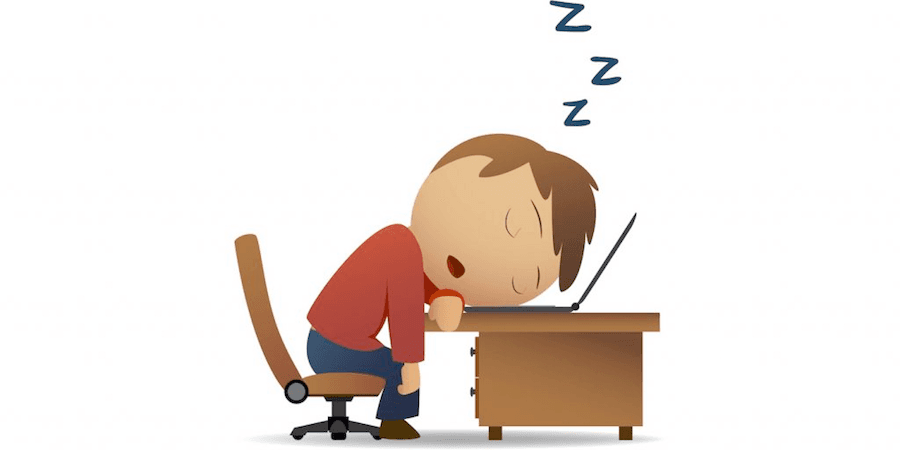Museum Legs. Fatigue and Hope in the Face of Art
Why boredom and fatigue in museums?
Management consultant about museums: "Oh, I love museums. I just don't go."
museum legs = speaks of a powerful dynamic between museums and their visitors, between arts and the general public that implies a feeling of fatigue and disconnection
Education in museums is often inseparable from the experience of art and so is susceptible to visitors feeling at their ease. Museums must be hospitable and generous, have a desire to share or impart knowledge or understanding.
Museums are becoming broadcasting platforms. And much the same way one feels crazy talking back to the television, an exhibition-goers is often put in a receptive more than conversational frame of mind.
The experience lends itself to the kind of learning that is taking of information, not the changing of the person who is the receptacle of it."
The tone of how a museum speaks to its visitors through labels is as telling as the tone of how two people speak to each other. Find a label that wasn't vague enough to be swapped with another label.
Boredom can be a symptomatic of disconnection between what is available and what one would like to do. And rather than reflecting laziness or and incurious character, boredom can be the marker of exclusion, of helplessness.
A museum decides what to show, how to describe it, how much to charge to see it and when to be open. Museums often emphasise the historical because museums are often run by historians. What should art do?
0
1 read
CURATED FROM
IDEAS CURATED BY
The idea is part of this collection:
Learn more about books with this collection
The benefits of a bedtime routine
How to improve your sleep quality
How to create a relaxing sleep environment
Related collections
Similar ideas to Museum Legs. Fatigue and Hope in the Face of Art
Science, religion, and art
- In a way, science shares much with religion: Both are used to explain life's unknown. Similarly, they have the ability to make us feel insignificant and elevated. Awe, an intense form of wonder, makes people feel smaller than they are.
- Art primarily appeared in a religious context, b...
Arms and legs
- Crossed arms: a person feels defensive, self-protective, or closed-off.
- Standing with hands placed on the hips: an indication that a person is ready and in control, or is a sign of aggressiveness.
- Clasping the hands behind the back: might indicate bored, ...
Describing mental fatigue
It is the feeling that your brain just won't function properly. People will describe it as brain fog. You can't concentrate, and simple tasks take too long. You find that the things you could do in a short time in the morning now take forever.
Mental fatigue can b...
Read & Learn
20x Faster
without
deepstash
with
deepstash
with
deepstash
Personalized microlearning
—
100+ Learning Journeys
—
Access to 200,000+ ideas
—
Access to the mobile app
—
Unlimited idea saving
—
—
Unlimited history
—
—
Unlimited listening to ideas
—
—
Downloading & offline access
—
—
Supercharge your mind with one idea per day
Enter your email and spend 1 minute every day to learn something new.
I agree to receive email updates

